When a 5 minute Job Becomes 5 Hours
Damn that annoying play in bottom brackets, when things have got bad enough to feel that side-to-side movement through the crankset! Inside the nicely designed cups of this Mercier was a Stronglight Competition bottom bracket, and there was something amiss. A little tightening, I presumed, could solve the problem; at worst I believed the bottom bracket would need cleaning and regressing. But this was not an ordinary problem.
The Warning Signs
First off, I knew this was not an original set-up. The spindle was 125mm in length, which is the length for triple spindles. But this bike was not a 15 speed bike when built in 1982. The Stronglight cups were also French threaded, so I guessed that the longer spindle had been installed later, with the addition of a later Stronglight 100 LX crankset. So, before anything, I removed the extra “granny” ring, reverting the transmission back to a 10 speed. Then came the first surprise, and a very deflating one at that: I hope, reader, you forever avoid this one: the adjustable cup was on very tight, but the spindle was loose…
The Spindle
Within each rotation, the spindle would at first feel loose within its cups, then suddenly tight, with enough friction to cause real difficulty in completing the turn by hand. This provoked a lot of exasperated reactions, lots of sighing and expletives, and a general sense that the whole bottom bracket needed replacing. If I could get in there, I believed I may find something ugly and damaged inside; something horrible, even dead; but presently I couldn’t even begin to loosen the adjustable cup, so tightly had it been screwed in there. It became obvious why: the previous owner had felt the looseness and had tried to solve the problem by massively forcing the cup into a tighter position. It hadn’t worked.
3 Possible Problems
I had a terrible job removing the adjustable cup, pictured above. You can see a scratch on it, coming from one of the holes, as the tool slipped out and scoured the finish. Eventually, it was some lubricant that made the difference, just enough to create a tiny first release of movement. Once off, there was nothing dramatic inside. The grease wasn’t really that old, there wasn’t much gunk and no dead rat in there. It was now that I realised there could be three possible issues:
- The spindle was bent
- One, or both of the cups were damaged
- The shell of the bottom bracket was damaged, or badly made
I seriously doubted the third of these possibilities.
The Holmes Approach
When you have eliminated the impossible, whatever remains, however improbable, must be the truth.
So beautifully worded by Conan Doyle, there can be no better way to approach a problem than with this quote in mind. I very much doubted that Mercier had built a crooked bottom bracket shell. Nevertheless, it was necessary to take each cup out and go through each possibility sequentially to find the culprit. After many attempts of regreasing and reinstalling each one, the same problem of friction and looseness returned. Every time, the spindle would wobble and then freeze up on its turn, regardless of how carefully the cups were screwed. Luckily, I had another old French frame lying about, which had a good working bottom bracket installed. A sacrifice was necessary.
The Solution
Once I had the cups installed from the other bike, the problem became clear. The rotation didn’t improve, even with both cups cleaned and regreased. It could only be the 125.5mm spindle, fitted by the previous owner at some point, and bent somehow by some great act of force. As soon as I swapped it out for the 120mm spindle from my sacrificed frame, the feel of the whole thing changed. Logic returned; the bike gods released me from this maddening vexation. Tuning the bottom bracket was a great relief, and I realised that I could have sat there for decades trying to tune that bent one, but it would have never worked. It is strange, though, that to the naked eye no warping can be seen. It must take just the slightest imperfection to cause such a great storm of hellfire and damnation.


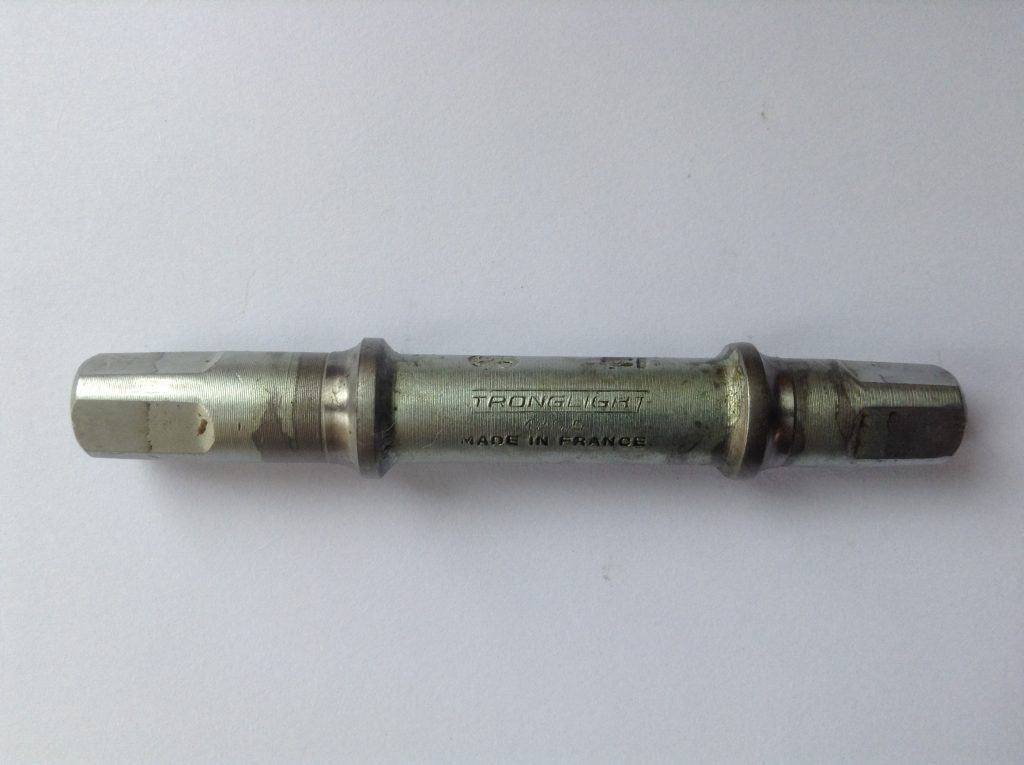
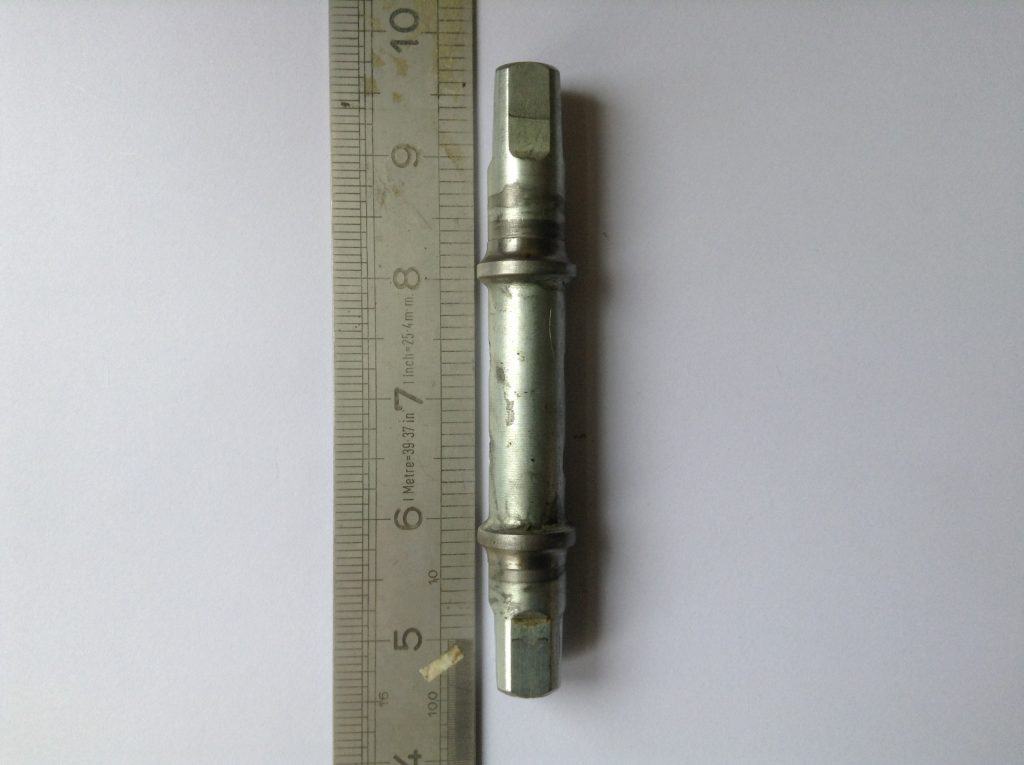
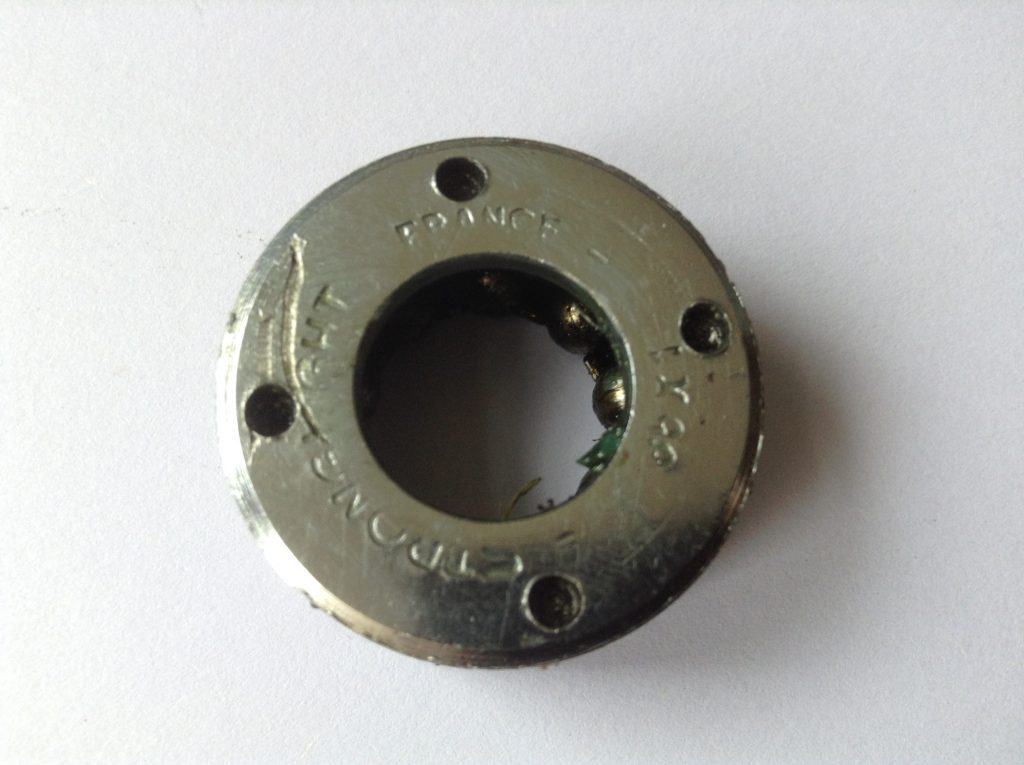
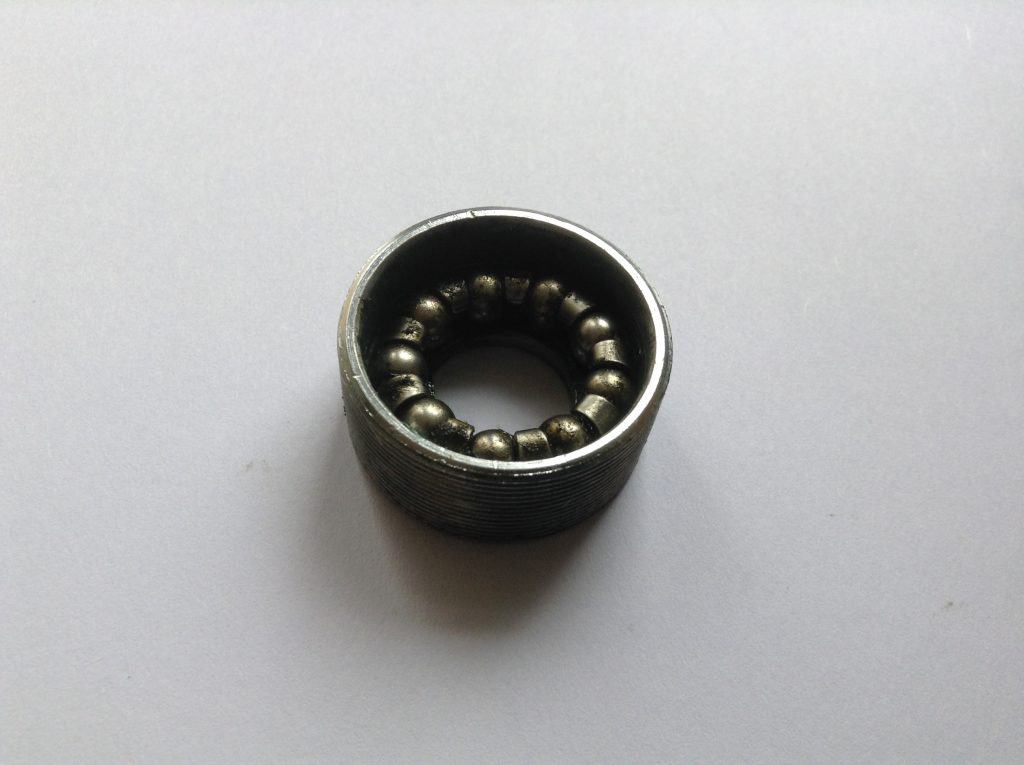
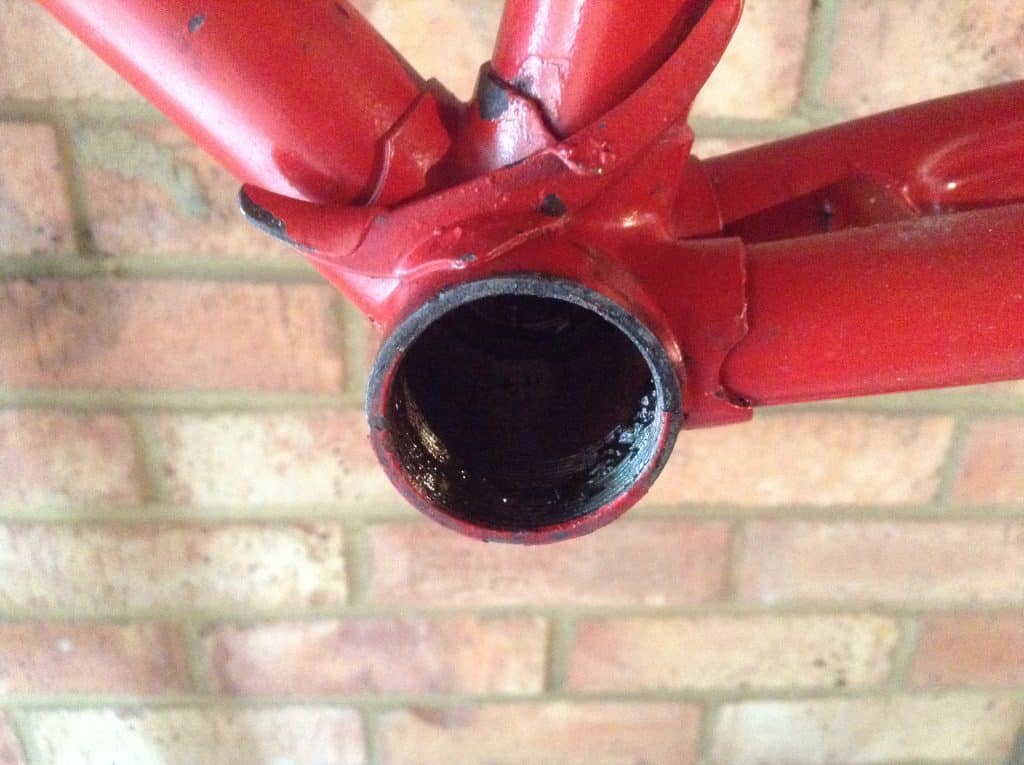

Recent Comments